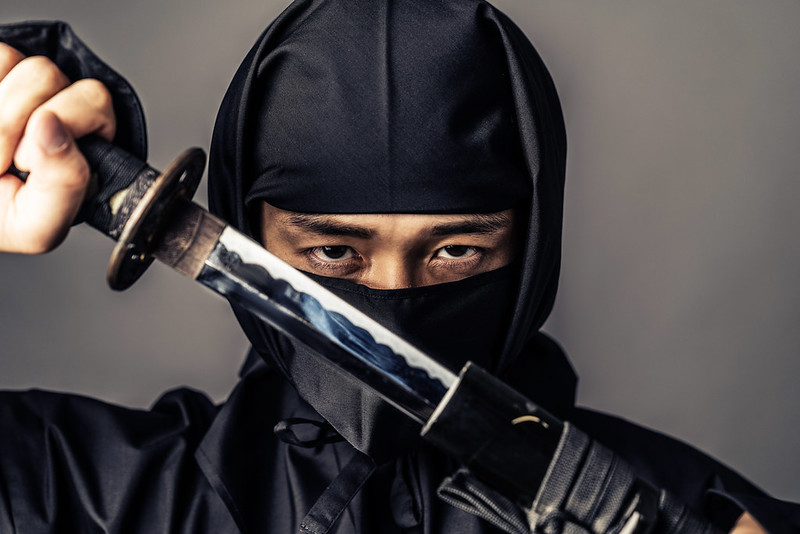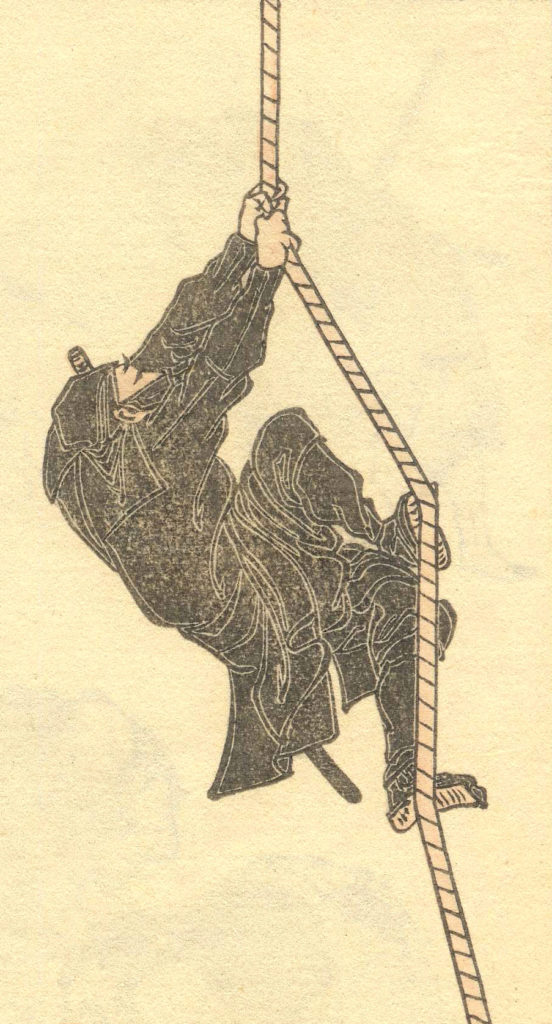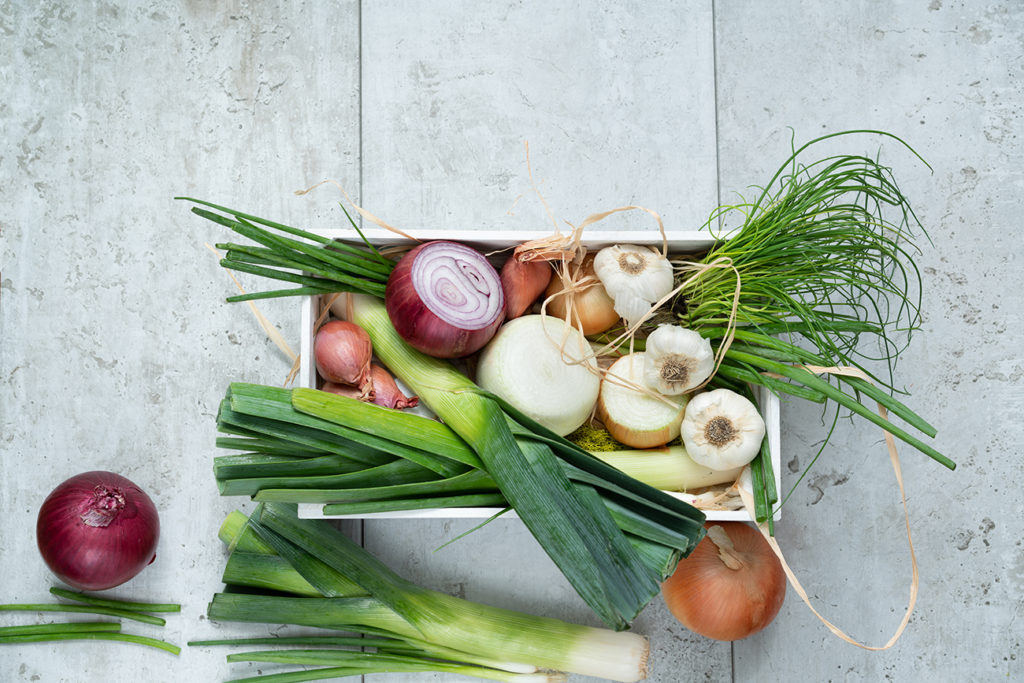
The Healthy “Ninja Diet”
Ninja (忍者) or shinobi (忍び) were considered the secret agents of Japan. They were specially trained spies or mercenaries that resorted in unorthodox methods in warfare to gain an advantage or to win. The ninja and samurai are iconic Japanese symbols for defense and attack forces. The main difference between a ninja and a samurai is that the latter observes the bushido (way of the warrior) with its strict rules about honor and combat.
Ninjas prided themselves in their strict training and their skills, ninjutsu, included the use of specialized weaponry, armed combat, military strategy, geometry, meteorology, and breathing synthesis.Their unique training was passed down from one generation to another within the family or from a teacher to a selected group of disciples. Very little is known about the ninja but through stories depicted in ancient Japanese art forms such as kabuki, a stereotypical view was formed and the idea traveled to the Western world as well.
To help ninjas keep up with the rigors of their training and mindset, they followed a special “Ninja diet”, a form of military rations. The types of rations were considered similar to what Japanese farmers ate at the time, according to a researcher from Mie University’s ninja research center, Makato Hisamatsu. Ninjas possibly had two meals a day that were mostly made up of rice bran, millet, wild vegetable, and plants as well as grasshoppers, snakes, and frogs. The ninja diet is considered to be an even more balanced diet than what we are accustomed today.
There are some source texts that date back to the late 17th and 18th centuries that tell us the difference between the diet of a ninja and that of an ordinary farmer. Ninjas are said to have avoided certain pungent foods for fear of being sniffed by the enemy. Some of the ore pungent types of food that are avoided by ninjas include garlic, leeks, shallots and chives. Red meat was not part of the Ninja diet as well considering that most Japanese were either Shinto or Buddhist and were therefore generally vegetarians. A recent study showed that this type of diet showed a significant change in the body odor for men.
Pungent food.
Ninjas were also conscious of their waistline to keep them agile and stealthy. One iron-clad rule of a ninja stipulates that that they should not weigh more than 60kg, or about 130lb: the then-standard weight of a bag of rice. To maintain this ideal weight for ninjas, they had to keep a nutritious and healthy diet. It can probably be said that the Ninja diet is a great way to eliminate body odor, stay stealthy and healthy!

